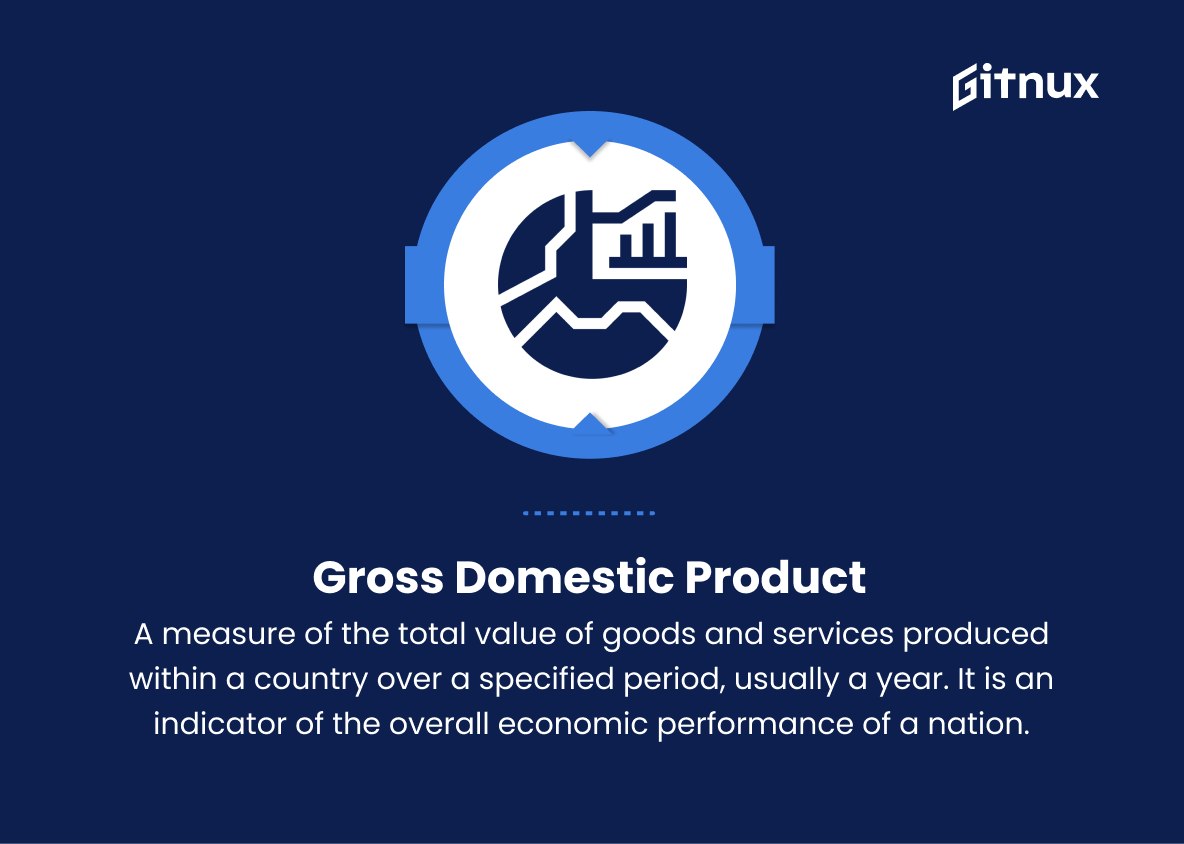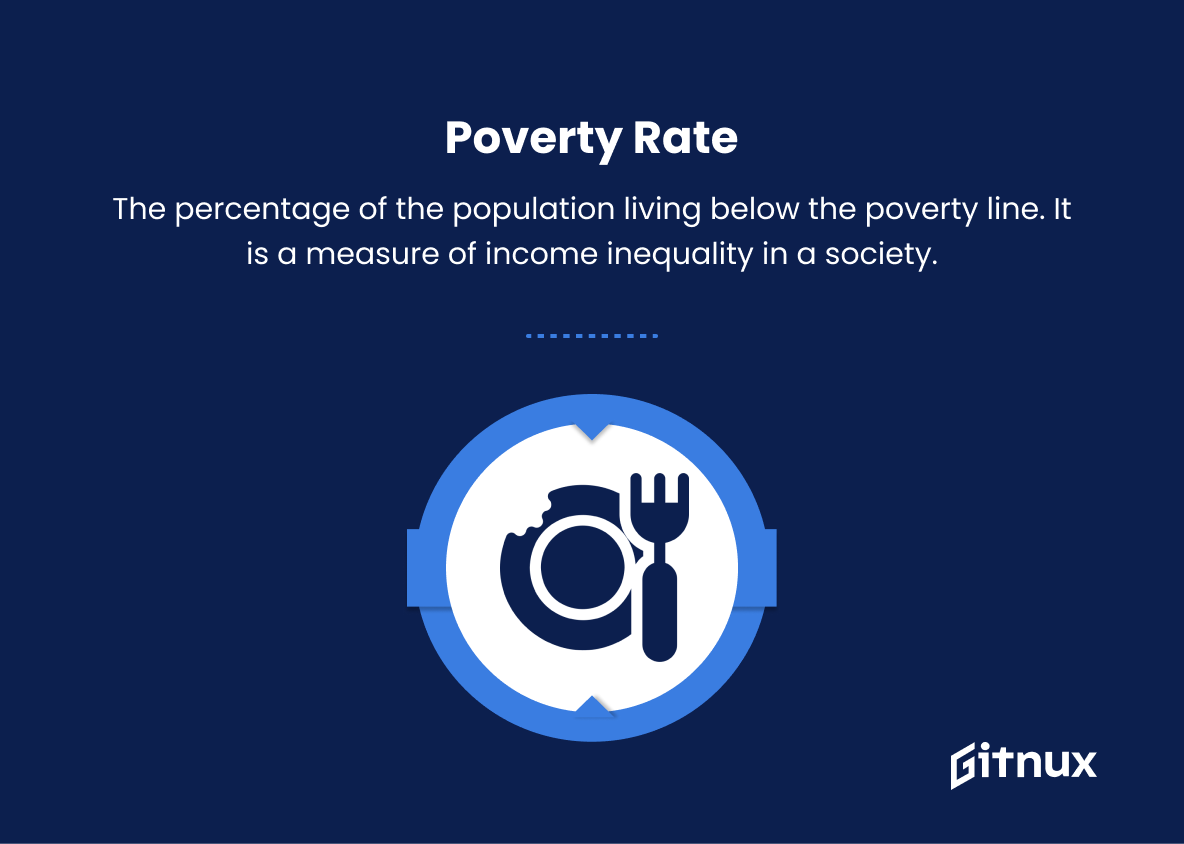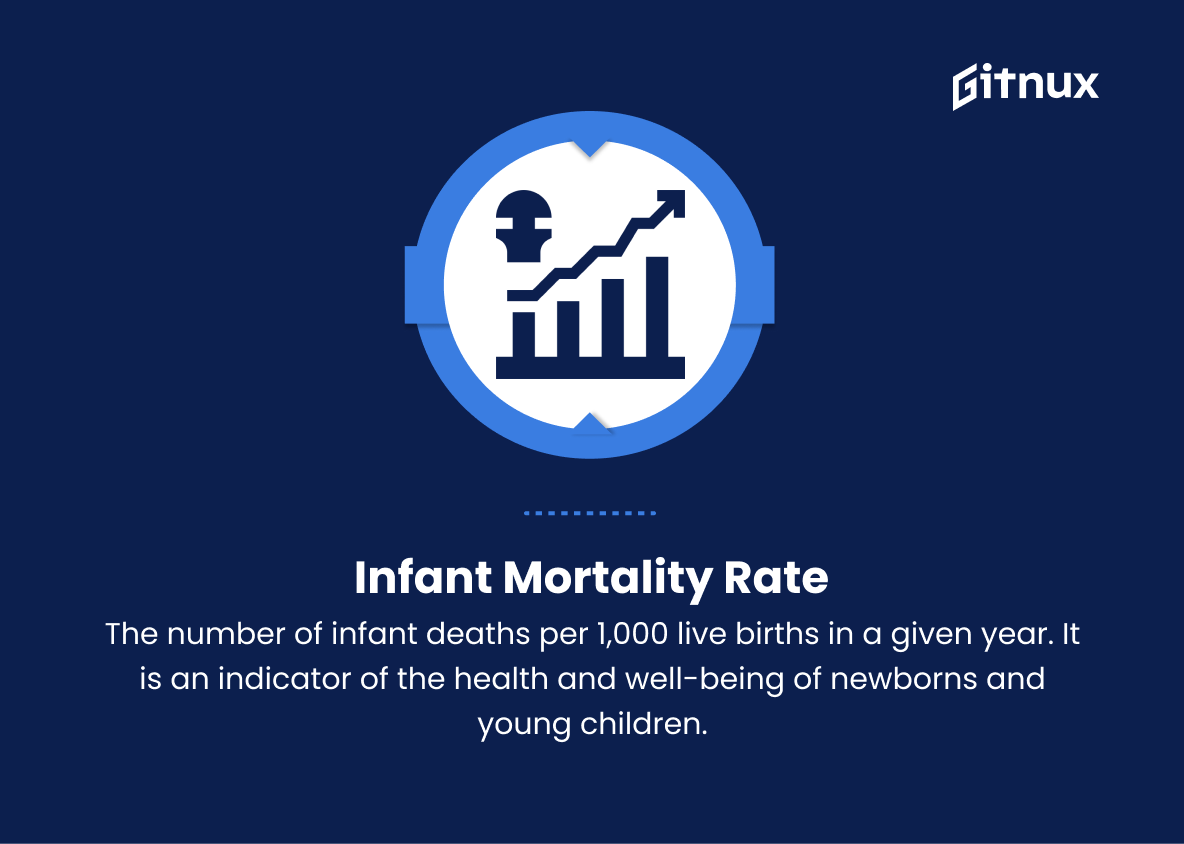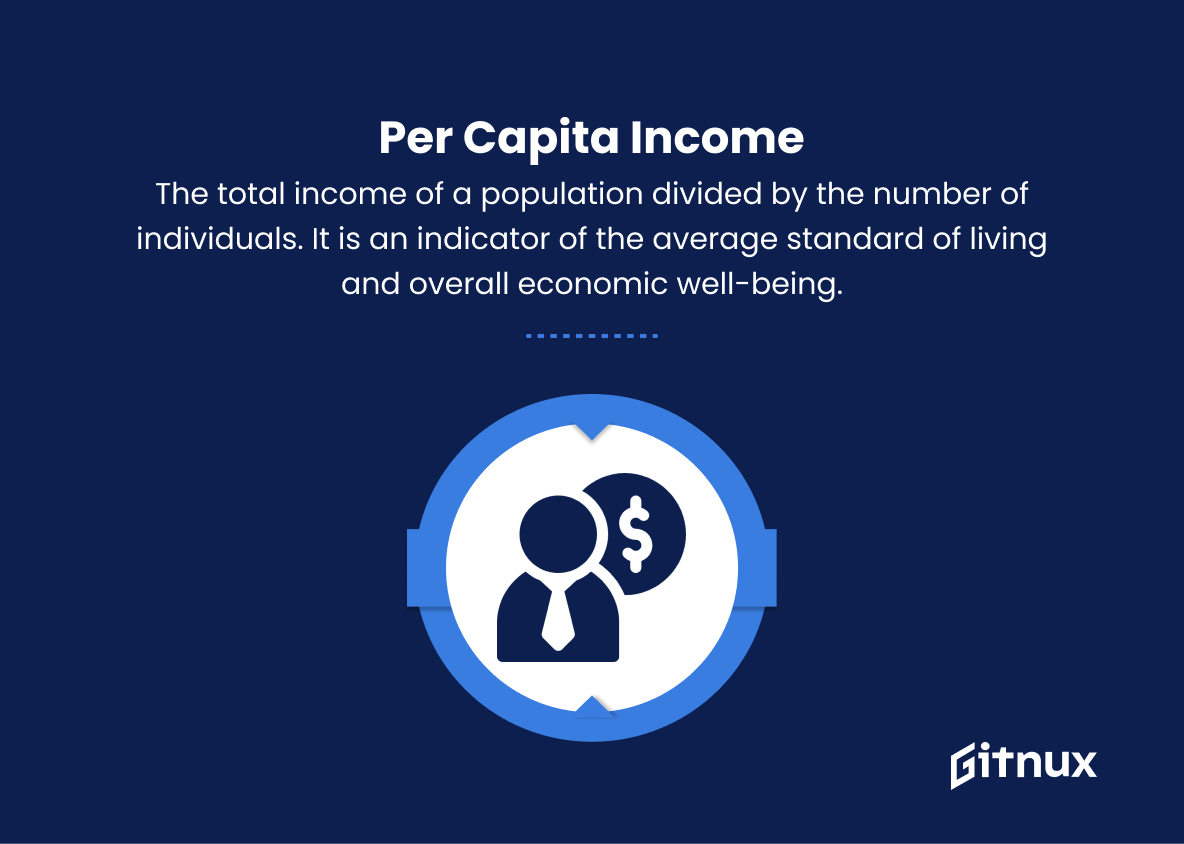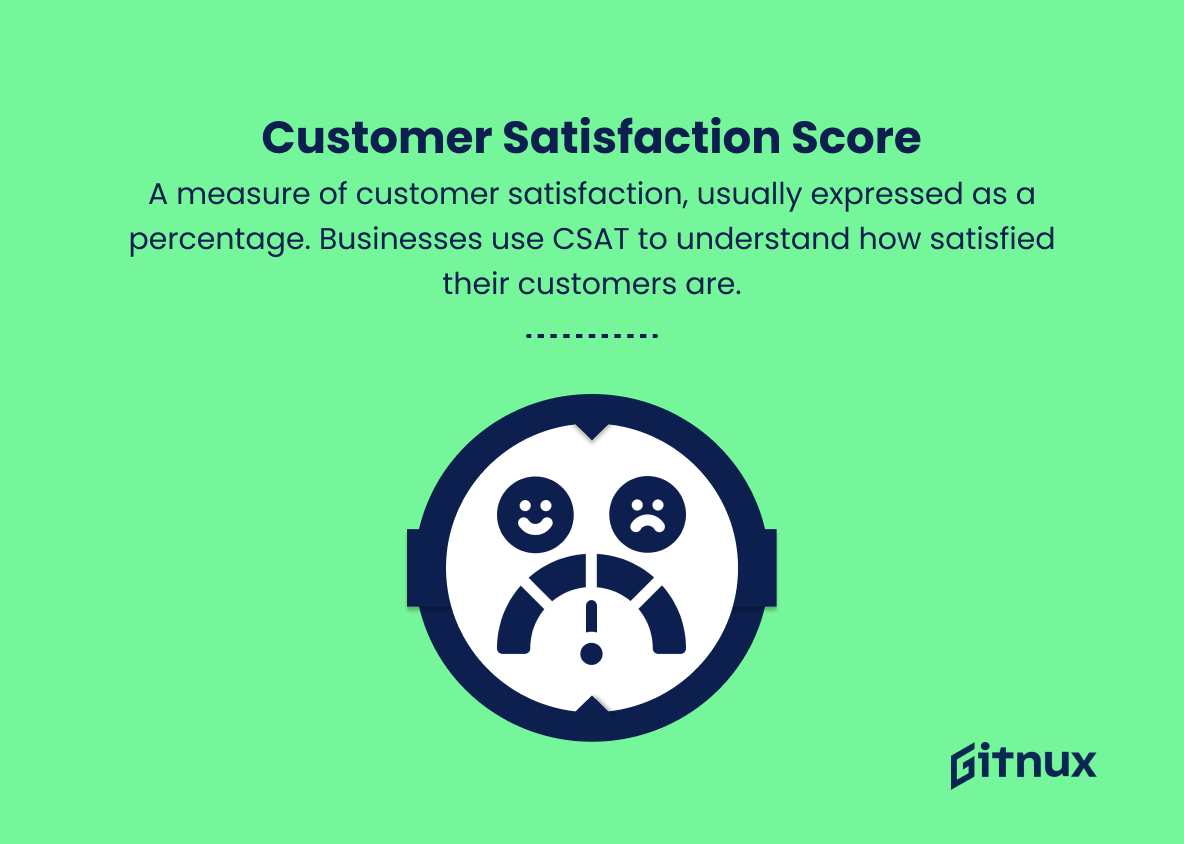In today’s data-driven world, the importance of quantitative metrics cannot be overstated. These numerical values provide critical insights, offering a concrete foundation for informed decision-making and strategic planning across various industries. Whether you’re seeking to optimize your business, improve organizational efficiency, or gain a competitive edge, quantitative metrics serve as vital signposts pointing toward the path of success.
In this blog post, we will explore the nuances of these measurements, elucidating their significance and discussing ways to effectively harness them to drive tangible results. Prepare to embark on a journey through the world of data and analytics, as we delve into the indispensable realm of quantitative metrics.
Quantitative Metrics You Should Know
1. Gross Domestic Product (GDP)
A measure of the total value of goods and services produced within a country over a specified period, usually a year. It is an indicator of the overall economic performance of a nation.
2. Inflation Rate
The percentage change in the general price level of goods and services in an economy over time. It reflects the rate at which the purchasing power of money decreases.
3. Unemployment Rate
The percentage of the labor force that is actively looking for work but is currently unemployed. It is an indicator of the overall health of the labor market.
4. Poverty Rate
The percentage of the population living below the poverty line. It is a measure of income inequality in a society.
5. Literacy Rate
The percentage of the population that can read and write, usually among adults. It is an indicator of the overall level of education and human capital in a society.
6. Life Expectancy
The average number of years a person can expect to live. It is an indicator of the overall health status and quality of life in a population.
7. Infant Mortality Rate
The number of infant deaths per 1,000 live births in a given year. It is an indicator of the health and well-being of newborns and young children.
8. Gross Enrolment Ratio (GER)
The total enrolment in a specific level of education, expressed as a percentage of the population in the age group corresponding to that level. It is an indicator of access to education and overall educational development.
9. Gini Coefficient
A measure of income inequality within a population, ranging from 0 (perfect equality) to 1 (maximum inequality). It is widely used to gauge social and economic disparities.
10. Per Capita Income
The total income of a population divided by the number of individuals. It is an indicator of the average standard of living and overall economic well-being.
11. Carbon Emissions Per Capita
The total amount of CO₂ emissions produced by a country divided by its population. It serves as an indicator of the environmental impact and sustainability of a nation’s economy.
12. Market Share
The percentage of total sales in a market that a specific company or product has. Market share indicates the level of competition and dominance in a particular industry.
13. Return on Investment (ROI)
A performance measure used to evaluate the efficiency of an investment, calculated as the ratio of the net profit of an investment to the invested amount. It helps investors and businesses make decisions about resource allocation and risk-taking.
14. Customer Satisfaction (CSAT) Score
A measure of customer satisfaction with a product or service, usually expressed as a percentage. CSAT scores are collected through customer feedback and surveys and help businesses understand the level of customer satisfaction.
15. Key Performance Indicators (KPIs)
Quantitative metrics used by organizations to evaluate their progress toward achieving specific objectives. KPIs vary depending on the industry, company, and objectives involved, but they typically measure financial, operational, and customer-focused performance.
16. Employee Turnover Rate
The percentage of employees leaving a company within a given period, usually annually. It is an indicator of employee satisfaction, job stability, and overall organizational health.
17. Net Promoter Score (NPS)
A gauge of customer loyalty, calculated by asking customers how likely they are to recommend a product or service to others. The NPS ranges from -100 (all detractors) to +100 (all promoters).
18. Conversion Rate
The percentage of users or visitors on a website or app who perform a desired action, such as purchasing a product or signing up for a newsletter. It is an indicator of how effectively a business can convert potential customers into actual customers.
19. Social Media Engagement
The quantity and quality of interactions between an organization and its audience on social media platforms, such as likes, shares, comments, and follows. It is an indicator of brand awareness, customer reach, and overall digital presence.
20. Click-Through Rate (CTR)
The percentage of users who click on a digital advertisement or link on a webpage, email, or social media post. It is an indicator of the effectiveness of a marketing campaign, ad copy, or webpage design.
Quantitative Metrics Explained
Quantitative metrics are essential in analyzing various aspects of society, economy, and business performance. Metrics such as GDP, inflation rate, unemployment rate, poverty rate, literacy rate, life expectancy, infant mortality rate, GER, Gini coefficient, per capita income, and carbon emissions per capita provide valuable insights into a country’s economic and social development. They help to evaluate the overall economic performance, purchasing power, labor market health, income inequality, human capital, health status, and environmental sustainability.
In the business world, market share, ROI, CSAT score, KPIs, employee turnover rate, NPS, conversion rate, social media engagement, and CTR are crucial in understanding the competitive landscape, resource allocation, customer satisfaction, employee well-being, and marketing effectiveness. These quantitative metrics ultimately guide the decision-making process for governments, businesses, and individuals, ensuring that resources are utilized efficiently and goals are achieved.
Conclusion
In closing, we can deduce that quantitative metrics play a crucial role in assessing the success and growth of any business or industry. By focusing on these solid, objective and easily measurable parameters, organizations can make informed decisions to increase efficiency, profitability, and scalability. Utilizing quantitative metrics also fosters overall performance evaluation, enables comparison against industry norms, and provides meaningful insights for process optimization.
However, it is essential to remember that these metrics should be considered alongside the qualitative aspects of a business to form a comprehensive, balanced picture of its real-world performance. By doing so, we can harness the power of both quantitative and qualitative data, ultimately paving the way to consistent growth and success.
